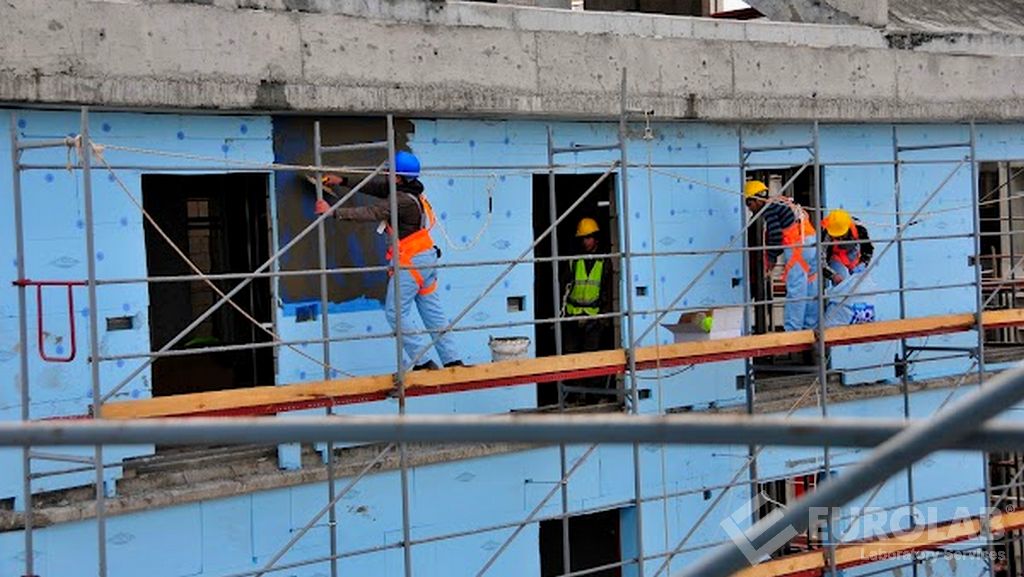


The ISO 8394-1 standard developed by the International Standards Organization (ISO) defines a test method for determining the extrudability of sealants. This test method is used to test the extrudability of a sealant.

The said ISO 8394 standard is based on the EN 29394 standard, which is a European standard. This standard provides a test method for determining the extrudability (flush property) of a one-component sealant from the packages in which they are usually supplied for direct application to a building joint.
The ISO 8394 standard has actually been published in two parts with the following titles:
Most modern sealants consist of a sealant combined with an elastomeric compound for flexibility. Sealants are usually polymers, and these pliable compounds allow gaps to bridge and the sealant to resist movement to some degree if necessary. There are many different sealant products available, each designed for a different application, including structural applications such as structural glazing or bonding facade elements together.
While choosing the sealant, it is necessary to consider the features that most affect the building area where the sealant will be used. The main features of sealing materials can be listed as follows:
Under ideal conditions, the expected life cycle of a sealant is unlikely to be the same as its actual life. This assumption is especially true if the sealant has been applied incorrectly to the surface or is not compatible with the substrate to which it is applied. In general, silicones have the longest service life (about 20 years or more).
Our company, among the numerous test, measurement, analysis and evaluation studies it provides for businesses in various sectors, also offers testing services to determine the extrudability of sealing materials used as jointing products in building construction within the scope of ISO 8394-1 standard, with its trained and expert staff and advanced technological equipment. gives.
